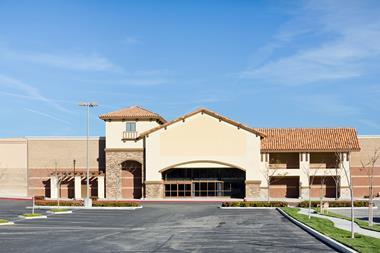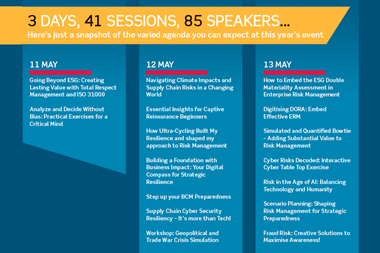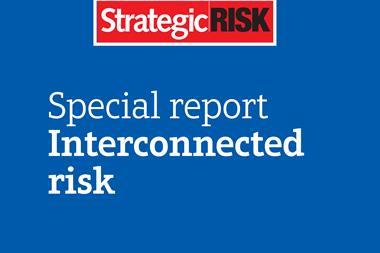John Hurrell Airmic CEO on the future of risk management
Airmic’s monthly newsletter has been running a series of views on the future of risk management. It all started with an opening shot from board member John Ludlow, who told the publication: “As a profession, either we come together and develop business leadership skills, become a mainstream business discipline and add significant value, or we stay as fragmented technical people, called upon only when needed.”
His comments provoked a debate about the role of the risk manager and, indeed, whether that title is even appropriate in the 21st century. As one correspondent pointed out, everyone is a risk manager – not just Airmic members and their like. Another suggested that “Head of Resilience” would be a better way to describe the benefit that risk professionals bring to their organisations.
These issues are addressed in a new report that is being finalised as I write, called Roads to Resilience. It is the joint work of Cranfield Business School and Airmic. Without wishing to go into too much detail ahead of publication, it highlights the fact that businesses have changed dramatically and will continue to do so. The role of the ‘risk manager’ must change with it – or else Ludlow’s prediction may turn out to be correct.
The report, a sequel to the highly acclaimed Roads to Ruin, considers what it takes to be resilient in today’s environment. It looks in detail at eight organisations where resilience is embedded and highly effective; it finds that they have a number of features in common regardless of size or sector. These features include exceptional ‘risk radar’ and flow of risk information to senior management to minimise the danger of nasty surprises.
For Airmic members, a key lesson is that risk management tools and techniques are not enough on their own. Resilience is, above all, about culture and behaviour – and it must be driven and overseen by the board.
Risk managers still have a very important role to play in facilitating the necessary changes and in educating their colleagues. For the ambitious practitioner it opens up new possibilities and the potential to wield influence way beyond that traditionally exercised by most risk managers.
A central theme of the report is that you do not pursue resilience in order to meet the needs of compliance, though that will doubtless be one outcome. Nor is it just about disaster prevention. The things that make firms resilient, such as a good rapport with customers and suppliers and dependable delivery of services and products, are exactly the things that businesses need to prosper more generally. Above all, they underpin an organisation’s reputation.
It follows that resilience should be at the heart of corporate strategy, giving risk managers a potentially leading role – a much broader one than most occupy now. They may, however, have to acquire wider business skills. Although technical expertise will continue to be essential, it is just part of the risk picture; softer skills such as communication are also essential.
To quote the Chief Risk Officer at the Olympic Delivery Authority: “If you can explain why it will help that person achieve their objective they will buy into it… some risk managers make it too academic.”
Risk managers need to decide for themselves where they aspire to be in this new world. For younger practitioners the prospects are especially exciting. That makes it timely that January sees the official launch of fastTrack, Airmic’s section for new risk managers. Some of them have three or more decades of working life ahead, and the issues raised by Roads to Resilience could make all the difference to their careers. fastTrack’s mission is to help them achieve their ambitions though education, training and mutual support. I believe it represents a landmark development in Airmic’s progress.
John Hurrell, CEO Airmic





















2 Readers' comments